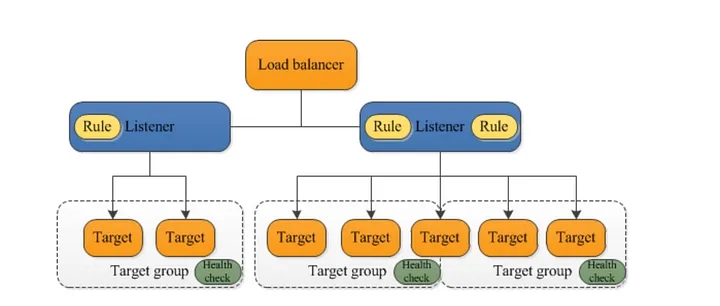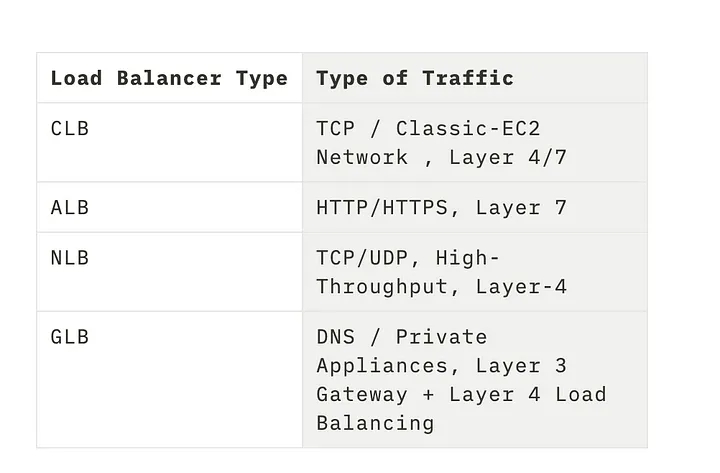Cisco hosts containerized firewall on Catalyst switches to protect mixed IT/OT networks
Cisco announced a containerized firewall package for its venerable Catalyst switch family that’s designed to help enterprise customers with mixed IT and OT systems more easily segment network resources and save money by consolidating network and security deployments.Specifically, Cisco built a Docker-based container for its Secure Firewall Adaptive Security Appliance (ASA) that can be hosted on its Catalyst 9300 access switches. Cisco Secure Firewall ASA combines firewall, antivirus, intrusion prevention, encryption and virtual private network (VPN) support.The firewall supports up to 10 logical interfaces, which can be used for segmentation. This segmentation helps limit the ability of an attacker to move laterally within the network by containing any breach to a specific zone, wrote Pal Lakatos-Toth, an engineering product manager with Cisco’s security business group, in a blog about the news.To read this article in full, please click here







